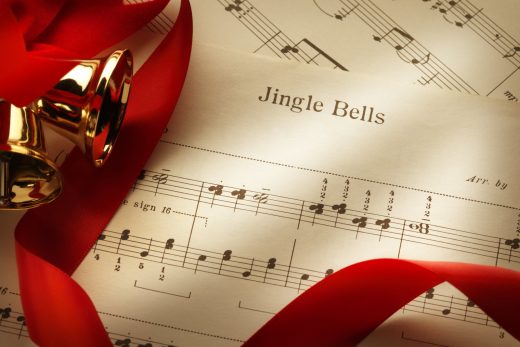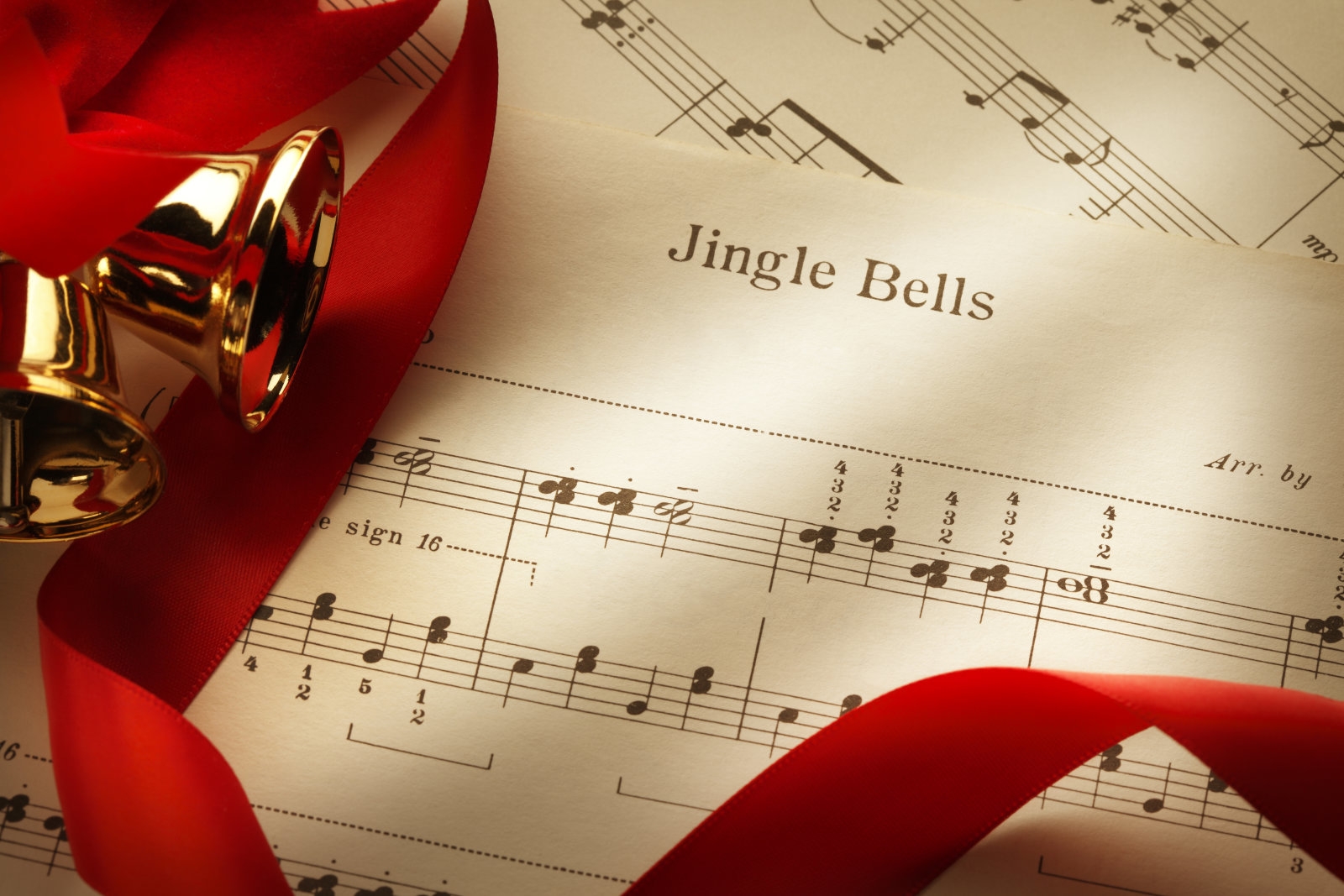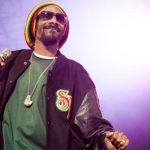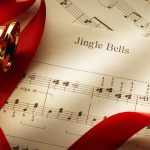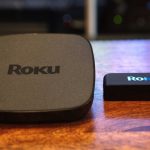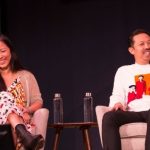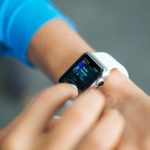Listen to a 1950s era computer sing ‘Jingle Bells’
Here’s a new version of Jingle Bells you won’t hear played in malls, and it’s courtesy of one of the oldest computers in history. Turing archive director Jack Copeland and composer Jason Long have recreated Ferranti Mark 1’s Christmas performance for the BBC back in 1951. During that broadcast, the first commercially available general-purpose electronic computer (housed at Alan Turing’s Computing Machine Laboratory) performed several melodies created using the sounds it used to emit.
While three of the songs were recorded, its rendition of Jingle Bells and Good King Wenceslas weren’t. Thankfully, one of the engineers present during the event saved a copy of the recording, and that’s what Long and Copeland used to recreate the missing Christmas tunes.
They started by manually cutting up the audio to get access to the 152 individual computer-generated notes in the recording. However, those notes still weren’t enough for the songs they wanted to create, so they manufactured new sounds by calculating the closest frequency that the Ferranti computer could generate. There were times when they had to settle for the closest ones, since they couldn’t always get the right notes.
They also had to stretch or squish some of the notes they extracted from the recording to be able to get the right sound, use different specimens of the same note to make the finished product sound more like a song and less like a machine gun, among other things. It wasn’t a straightforward process at all, but in the end, they achieved something unique — Christmas carols that sound like they were crossed with The Imperial March.
Check out Mark 1’s Jingle Bells below:
(14)

